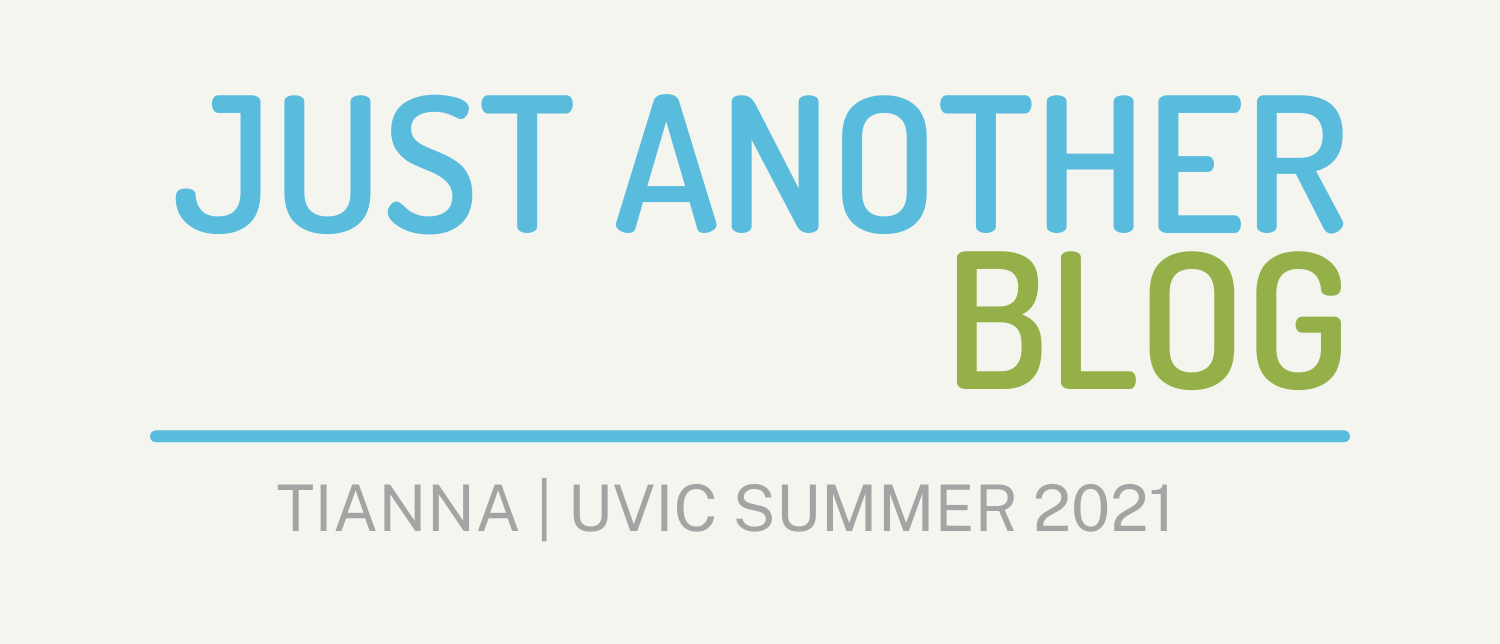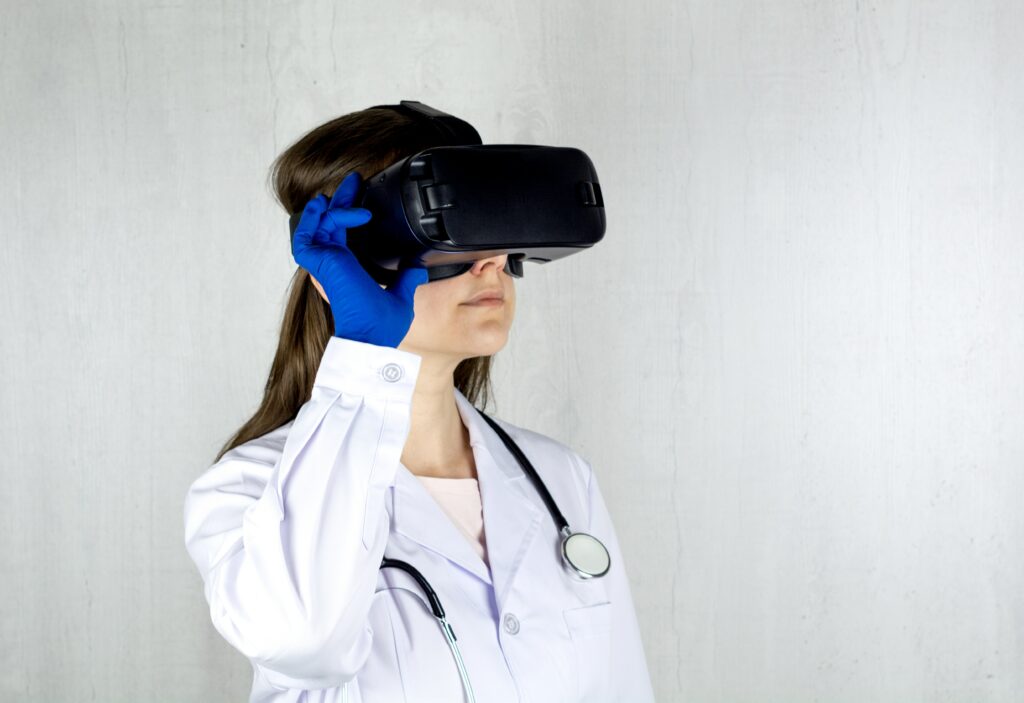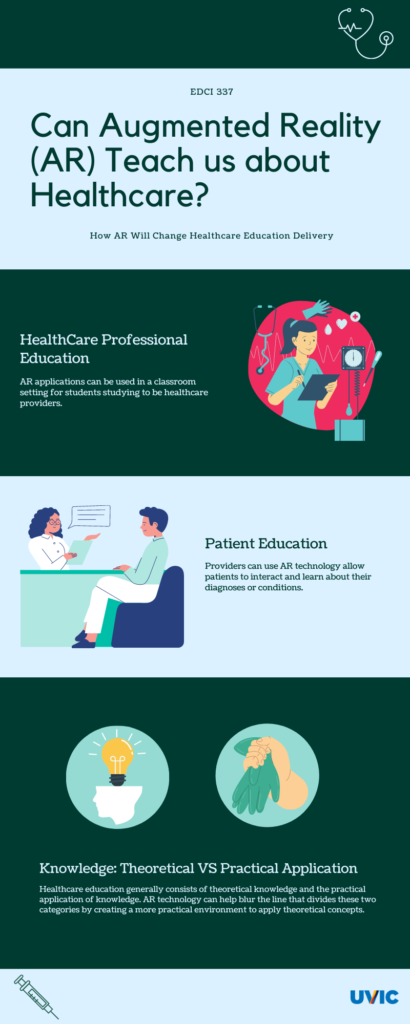One of the most reoccurring and prominent educational tool of gamification from my educational experience was Jeopardy. This game was commonly used by teachers and professors to encourage students to test their knowledge and interact with the content. Sometimes the class would be split into two teams or it would just be a free for all, but either way it was effective and memorable.
Benefits
The link above connects to a simple online Jeopardy maker for those looking to use it as an educational tool or just for fun. This game follows some several of the best practices for gaming from the University of Toronto. First, it can be customized to the level of the learner since the teacher can customize them. Additionally, participants can choose a certain level of question based on their preference. The game does not overwhelm the content because the game is based around the different questions. It is not overcomplicated the idea of gamification and simply allows participants to recall their knowledge. Finally, it is framed in a way that most students can see how it supports their own learning.
Drawbacks
While an educational Jeopardy game is simplistic, it does not follow all of the best practices described by the University of Toronto. It does not allow time for reflection or for individuals to practice their new skills. Unfortunately, this game only relies on memorization and recall. An adaptation could be for the class to be split into teams and allow for discussion to add an additional element of reflection and practice.




Recent Comments